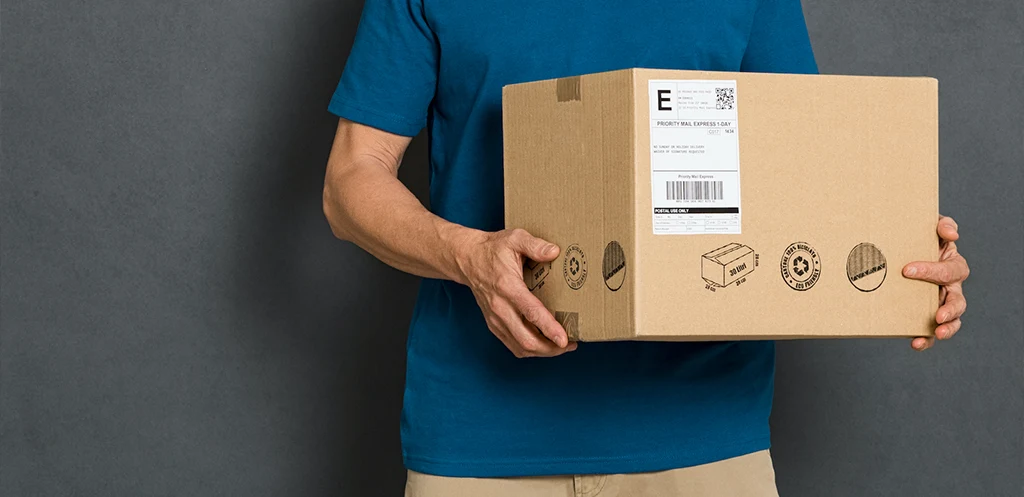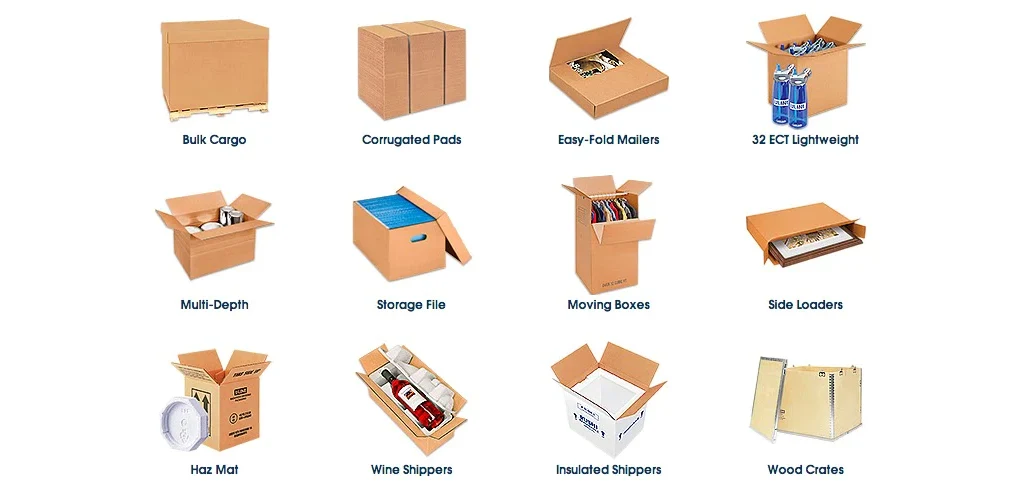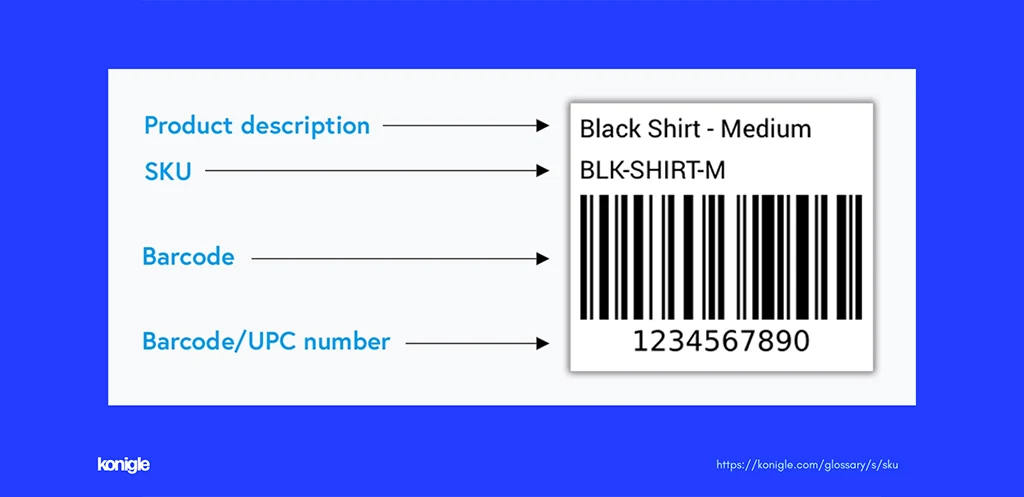Customer satisfaction is central to the success of your ecommerce store. As studies show, 65% of your sales will come from your existing customers. And 80% of your profits will come from 20% of your customers.
To build this kind of loyalty, you need to provide exceptional service every time. In our line of business, this means delivering the correct order to a customer more often than not. Or in other words, maintaining a high order accuracy (OA) rate.
So keep reading with us if you’re ready to discover how to calculate your store’s OA rate, and the solutions you can apply to carry a poor order accuracy score to positive.
What is order accuracy?
Order accuracy is the percentage of orders delivered accurately to their final destinations. That is, without errors like mispicks, wrong order quantity, item damage, and mislabeling.
Having a high order accuracy rate means that most of your customers receive the exact items they ordered. And that they arrived in good condition.
In contrast, having a low order accuracy means that the majority of your customers aren’t receiving the right items. And it indicates that your fulfillment process is prone to a lot of errors.
Your OA rate matters because it reflects how successful your business is at giving shoppers what they ordered. And when you have poor order accuracy, your store is forced to bear necessary costs and time. So it’s clearly a performance indicator you want to work on.
Now, let’s discover how to calculate your store’s OA rate.
How to calculate your order accuracy rate?

To calculate order accuracy for your business, you first need to know the number of accurate orders you’ve fulfilled.
To find your order accuracy rate, first uncover;
- The total number of orders fulfilled in a given period.
- And the total number of orders your fulfilled correctly or incorrectly in that same period
When you have both these figures, divide the total number of orders fulfilled accurately by the number of orders fulfilled. Then multiply it by 100 to get a percentage.
In simpler terms, here’s the formula for order accuracy:
Order accuracy = (total number of orders fulfilled accurately ÷ total number of orders fulfilled) × 100
Imagine your company has fulfilled 300 orders in the past month. Of those 300 orders, let’s say 15 were wrong due to some fulfillment errors. What will be your order accuracy rate?
Going by our formula, we’ll calculate 275 (the number of correctly fulfilled orders) divided by 300 (the total number of orders) and multiply the result by 100;
(275 ÷ 300) × 100 = 91.6%.
Thus, our order accuracy rate is 91.6%.
So, is 91.6% a good order accuracy percentage, or does it need improvement? Let’s find out in the following section.
What is a good order accuracy rate?
Fulfillment and supply chains are intricate networks of systems, people, and mechanisms. So achieving a perfect order accuracy rate of 100% is near impossible.
But even though 100% OA isn’t always realistic, it’s good business practice to work towards getting as close to 100% as you can.
That said, 96% to 98% OA is an excellent range to hit and one that most businesses can meet.
If you can manage to stay within 96% to 98% consistently, then improving your order accuracy by as much as 1 percent will give you a competitive advantage against many of your competitors.
On the other hand, if your business is scoring 95% or below, you’ll find yourself at a competitive disadvantage. In this case, you’ll need to improve your OA in order not to lose revenue and customers.
To answer our previous question, 91.6% comes close to an ideal OA score, but it isn’t. With that said, let’s explore the strategies you can put in place to elevate your OA.

Ways to improve your order accuracy
Calculate your order accuracy rate
To determine how much you want to improve, you must clarify your current position first.
If you haven’t been monitoring your OA rate, pull up your order history, set a time range and calculate your OA using the formula from earlier. That way, you’ll know how good or bad your operation is performing and how much priority you should assign to improve it.
Set a clear and achievable goal for your order accuracy rate
Remember an OA rate of 95% or below puts you at a competitive disadvantage. If you score short of 95%, create milestones you can realistically achieve in defined timeframes.
For instance, if your order accuracy sits at 80%, your goal can be increasing it to 90% within the next 3 months, 95% within the next 6 months, and 96% to 99% in a year’s time.
Once set, communicate your objective to your team and let warehouse and fulfillment staff know what they can do to contribute, i.e., double-checking packages, taking their time, reporting any questions or confusions to a senior employee etc.
Optimize your warehouse organization
In a disorganized environment, finding specific items can be challenging, so your employees may face increased physical stress due to the chaotic nature of their work. This leads to fatigue and increased probability for mistakes.
Worse still, when there’s no particular arrangement and labeling of stock, workers might pick the wrong items and quantities or unintentionally pick a similar-looking item.
To remedy these consequences, organize inventory in the most efficient manner so space requirements, travel time and mistakes are minimized. This is called warehouse slotting.
To implement it, follow these fundamentals:
- Organize inventory from top-selling to low-selling or placing fast-moving stock within the closest reach.
- Store items that often ship together next to each other.
- And adjust stock locations during peak shopping seasons to accommodate for increased demand.
Use Warehouse Management Software

Another cause of inaccurately fulfilled orders is a lack of warehouse control and visibility. This is when you have poor visibility of inventory levels, and you lack performance oversight of your fulfillment workflows and staff productivity.
The solution? warehouse management systems.
For example, with a robust WMS system, you can set stock level indicators to remind you to restock or halt buying an SKU, to identify what stages of fulfillment are overconsuming resources, and discover whether or not your warehouse associates are meeting their quotas.
Plus, you can use warehouse management systems to automate parts of picking and packing like label generation and accuracy scans, enabling you to reduce overall worker time.
Use Proper Shipping Labels

Even when you avoid mistakes during picking and packing, an error as simple as using a wrong shipping label can result in your product arriving at the wrong destination.
To prevent this, standardize your shipping labels with a template. And each should feature several custom fields that clearly indicate the barcode, the tracking number, the shipping carrier details, and the customer’s address.
On top of that, to mitigate human error during the shipping documentation stage, invest in shipping software that syncs with your order management system to automatically generate these labels when a customer places their order and you fulfill it.
Lastly, at the final point before dispatch, have a human double-check the tracking numbers and carrier details to guarantee the right item is being shipped out to the right destination.
Invest in Proper Packaging

As explained earlier, damaged or defective goods also count as inaccurate orders. So when you verify that the product leaving your fulfillment center is in good condition, you want to ensure it doesn’t get damaged while in transportation.
To do so, ensure the proper packaging materials are used to protect the specific product you’re shipping. For example, if you’re shipping clothes, flexible mailer bags or durable card boxes will suffice to protect the items.
In contrast, if you’re shipping fragile items like glassware, you’ll need sturdy dunnage or protective bubble wrap to ensure your customer receives their item in top shape. Use this resource to discover the best packaging materials for certain types of goods.
Implement a robust product verification system
Combine a label-based system with barcodes so that any time products are received, moved, shipped, or altered, your staff can simply scan the code to verify that the correct SKUs are being handled.
You want to prioritize this because a system that requires workers to track the movement of goods by memory is prone to inaccuracies, making it easy for unnecessary slip ups to occur.
Incentivize Fulfillment Staff for Accurate Orders
This study on employee motivation shows that you can use incentive programs to boost staff performance up to 44%.
But for this to work, you must take your time to understand then explain your expectations to employees.
Let’s say you need pickers to increase the average number of correct picks. How do you begin?
First find out the total number of picks and the total number of incorrect picks per day by each picker- let’s say 25 correct picks out of 30 total picks.
Knowing that, you can give pickers a goal to increase accuracy by 1% every month.
If you have 5 pickers picking 125 (25 each) items correctly out of 150 – increasing picking accuracy by 1 percent will grow your accurately picked orders to 138 out of 150 in a month.
The best part? These rewards don’t have to be pricey or large to work. Some low-cost incentives and more examples of how to apply them are:
- A few days of paid time off
- Salary bonuses – for example, you can give a 5 or 10 percent salary bonus to all shipping staff who don’t violate safety rules and enter accidents within 90 days.
- Tickets to events like concerts and movies.
Implement Better Stock Labeling

SKUs or stock keeping units are unique codes used to identify products in your inventory.
A thoroughly planned SKU system takes the guesswork out of pinpointing products in your warehouse.
For SKUs to work, label them clearly and give each its warehouse section so pickers don’t have to scramble around to find a certain product.
To do so:
- Always begin the SKU with the most general identifier.
- Separate each detail with a hyphen.
- Include the product details in the middle.
- End the SKU with a sequential number.
And remember, there’s no standard for making SKUs. The point is to organize the codes logically and in a manner that makes sense to your company.
Outsource Fulfillment to Experts
Fulfillment providers are responsible for all aspects of order fulfillment – from inventory management to picking, packing, and shipping.
Since you will be delegating such a delicate part of your business model, you’ll only want to work with the most dependable agents to ensure the job gets done right every time.
Still, that doesn’t mean you have to take a hands-off approach. By developing close relationships with providers, you can communicate your expectations for order accuracy and share feedback so we can refine our processes to suit your unique needs.
Over to you!
To sum up, order accuracy is a vital metric to monitor and optimize because it’s directly tied to customer satisfaction and revenue.
If you’re wondering what to do next, go ahead to
- calculate your company’s order accuracy,
- set a target you want to reach in a defined time period,
- follow the tips laid out in this article and
- conduct regular assessments to monitor the progress you’re making
Good luck as you work towards improving your order accuracy score!
















